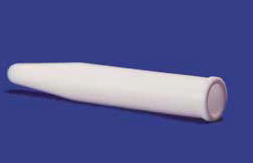tert-butyl 6-bromo-1,2,3,4-tetrahydroquinoxaline-1-carboxylate, 95%
- CAS Number : 1780373-76-3
- IUPAC Name : tert-butyl 6-bromo-3,4-dihydro-2H-quinoxaline-1-carboxylate
- Inchi : InChI=1S/C13H17BrN2O2/c1-13(2,3)18-12(17)16-7-6-15-10-8-9(14)4-5-11(10)16/h4-5,8,15H,6-7H2,1-3H3

